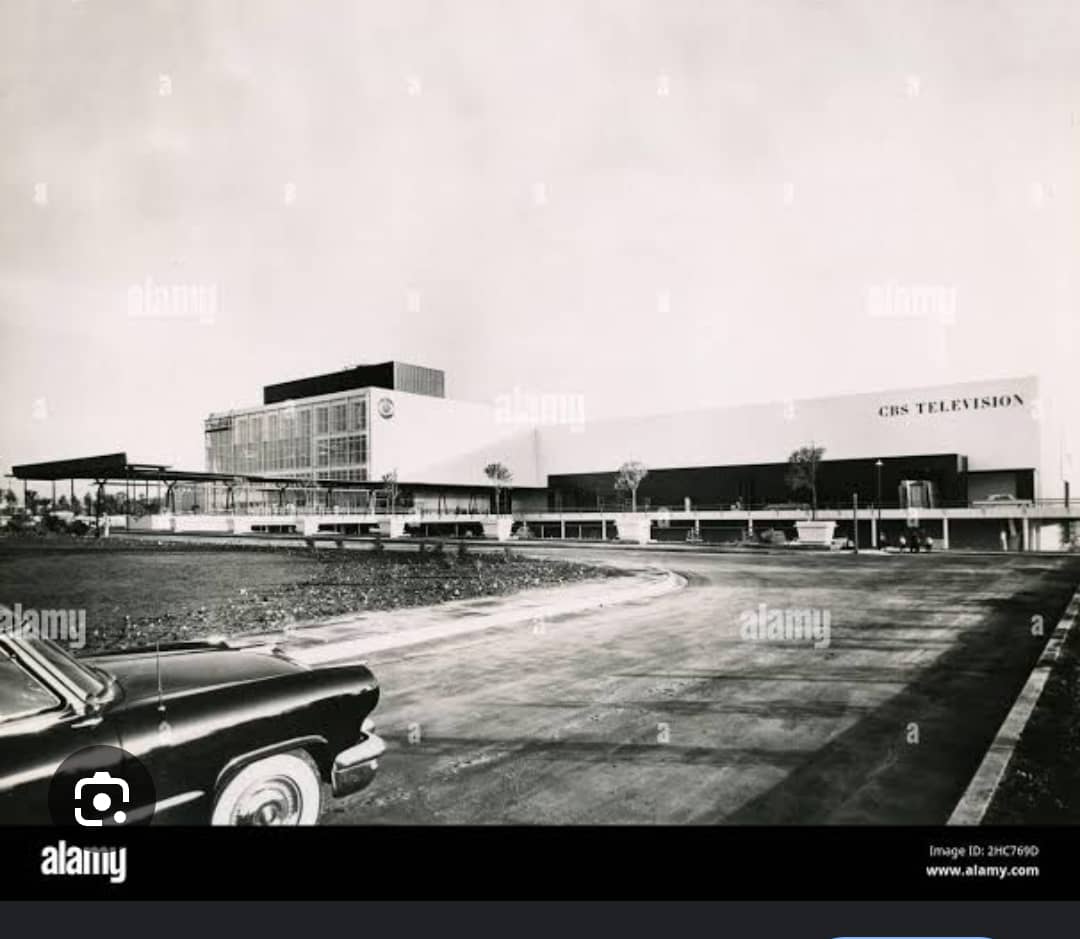
The story of television in Kentucky begins with the launch of WHAS-TV, the first television station in the state. Broadcasting from Louisville, Kentucky, WHAS-TV went on air for the first time on March 27, 1950, marking a major milestone not only for the city but for the entire Commonwealth of Kentucky.
Early Foundations
The roots of WHAS-TV can be traced back to WHAS radio, which was established in 1922 by the Courier-Journal and Louisville Times newspapers. This radio station was already a household name, providing news, music, and entertainment to Kentuckians. As television technology developed in the late 1940s, it became clear that Louisville was ready to step into the television age.
The Bingham family, who owned the Courier-Journal and WHAS radio, recognized the transformative potential of television. In 1948, they applied for and were granted a license by the Federal Communications Commission (FCC) to establish a new television station. The process involved heavy investment, complex planning, and the construction of entirely new facilities capable of transmitting the new medium.
Launch and Early Programming
On its launch date, WHAS-TV debuted as Channel 9 (later moving to Channel 11 after a frequency reallocation). The station was initially affiliated with the CBS Television Network but, like many early stations, it carried programming from all the major networks, including NBC, ABC, and the now-defunct DuMont Network.
Programming in those early days was a blend of national content and local productions. Viewers tuned in to see variety shows, live newscasts, dramatic serials, and even some of the first televised sporting events in the state. Early WHAS-TV anchors became local celebrities, and families would gather around their television sets—still a luxury item—to experience this new form of entertainment and information.
Notably, WHAS-TV was among the first in the region to broadcast live weather reports, offer children’s programming, and produce locally relevant documentaries, helping set the standard for future Kentucky broadcasters.
Challenges of the Early Television Era
Launching a television station in 1950 was no simple task. Television technology was still relatively primitive compared to today’s standards. Cameras were bulky, live broadcasts were the norm (since videotape had not yet been widely adopted), and signals were often unreliable, subject to interference from weather or mechanical problems.
Moreover, WHAS-TV had to build an audience from scratch. At the time of their launch, relatively few Kentuckians even owned television sets. In response, the station partnered with local appliance stores to showcase programming and encouraged consumers to purchase sets. Over the next decade, as television ownership exploded nationwide, WHAS-TV grew steadily in prominence.
Impact on Louisville and Beyond
WHAS-TV’s influence went beyond just entertainment. It quickly became a vital tool for information dissemination during emergencies. In 1937, WHAS radio had earned national acclaim for its coverage of the Ohio River flood; WHAS-TV continued that legacy, providing crucial information during disasters and contributing to public safety.
The station also played a key role in Kentucky’s cultural life. It provided a platform for local musicians, dramatists, and other artists, helping to preserve and promote Kentucky’s unique cultural heritage. Through news broadcasts, it offered a local perspective on national events, shaping public opinion in the region.
In many ways, WHAS-TV helped bring the world to Louisville and Louisville to the world.
Technological Advances
WHAS-TV continued to innovate through the decades. It transitioned from black-and-white to color broadcasts in the 1960s, expanded its news coverage with the introduction of nightly newscasts, and embraced satellite technology to deliver faster and more comprehensive coverage.
Today, WHAS-TV operates as an affiliate of ABC and remains a major force in Kentucky media. Its legacy as the state’s first television station is a testament to the foresight of its founders and the spirit of innovation that characterized the early days of American television.
Conclusion
The launch of WHAS-TV in 1950 represented a turning point for Kentucky and the broader region. It signaled the arrival of television as a powerful new medium that would forever change how people received news, entertainment, and information. Over seventy years later, the station’s pioneering spirit continues to echo across the airwaves, a reminder of Kentucky’s role in the early days of American broadcasting history.




